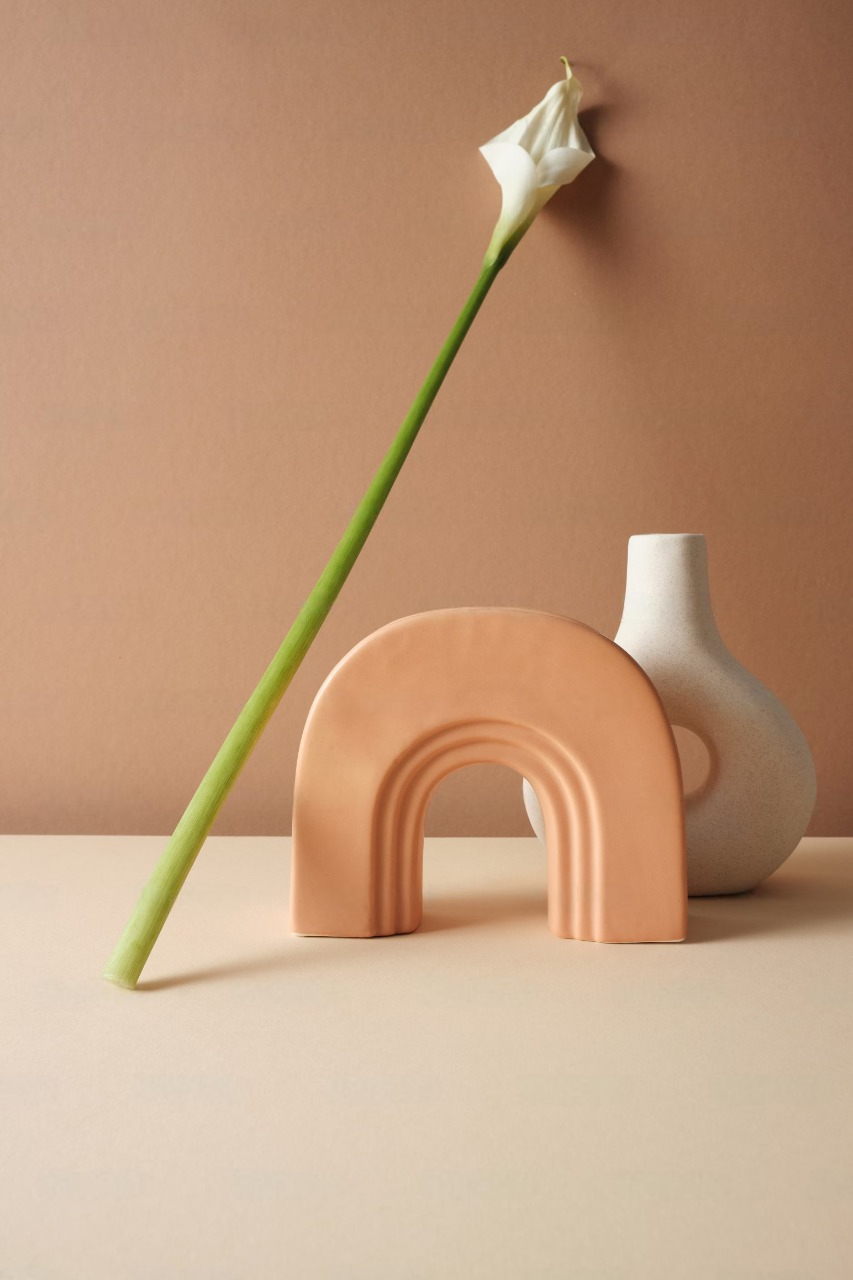How biophilic design is reshaping the way we live and interact with natural elements in urban environments. This post explores the concept of biophilia and how architects are incorporating nature into city life.
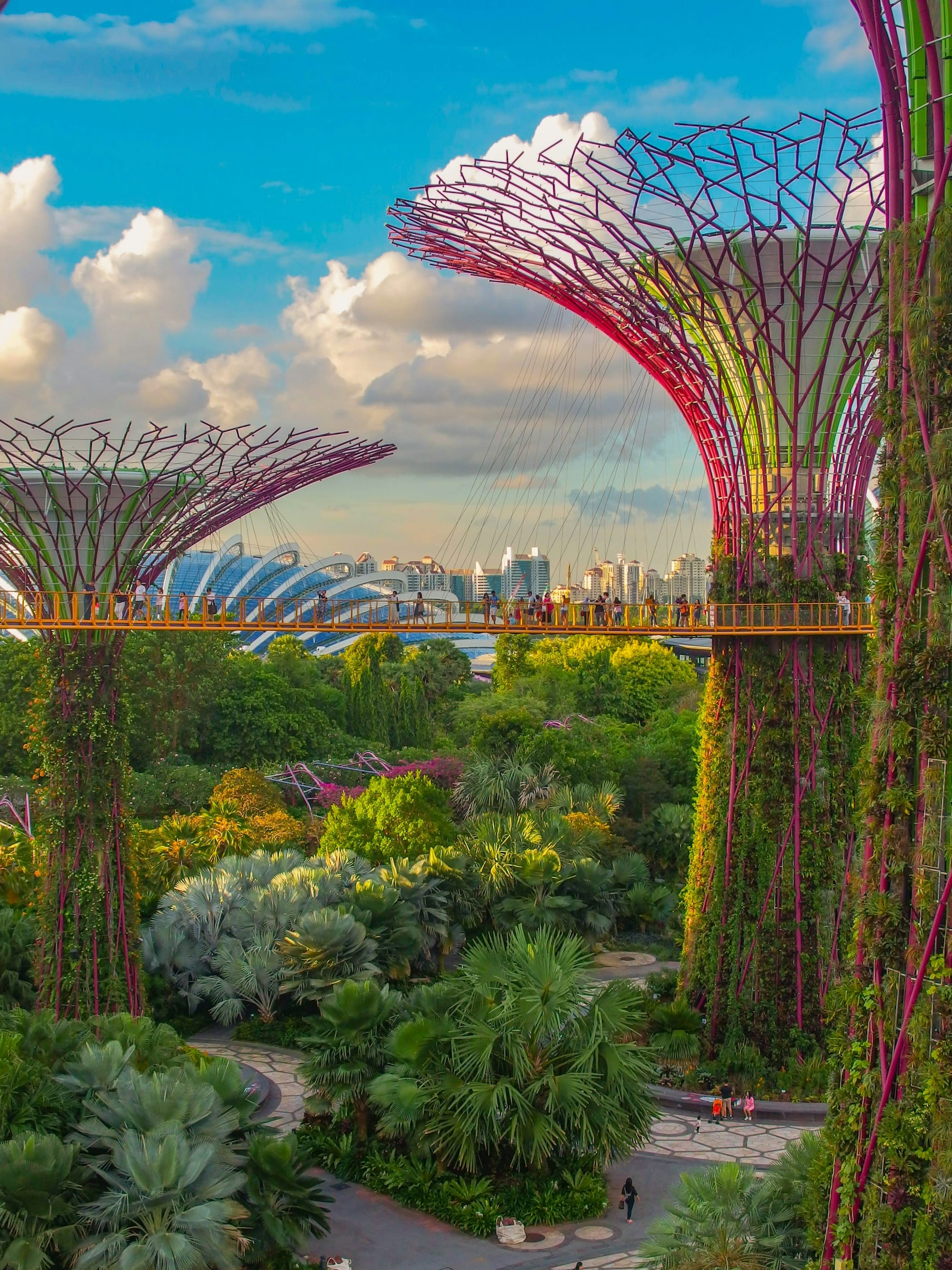
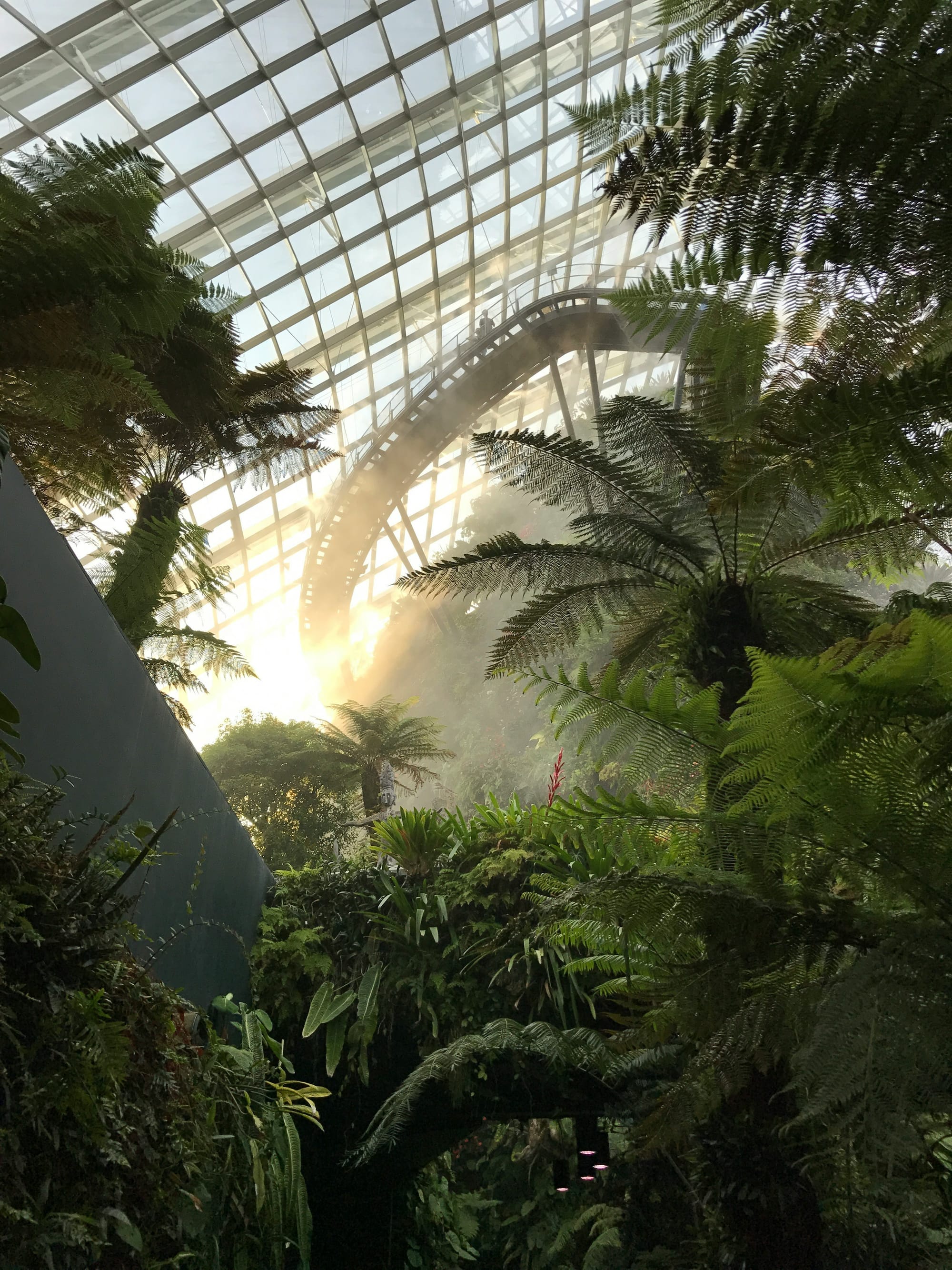
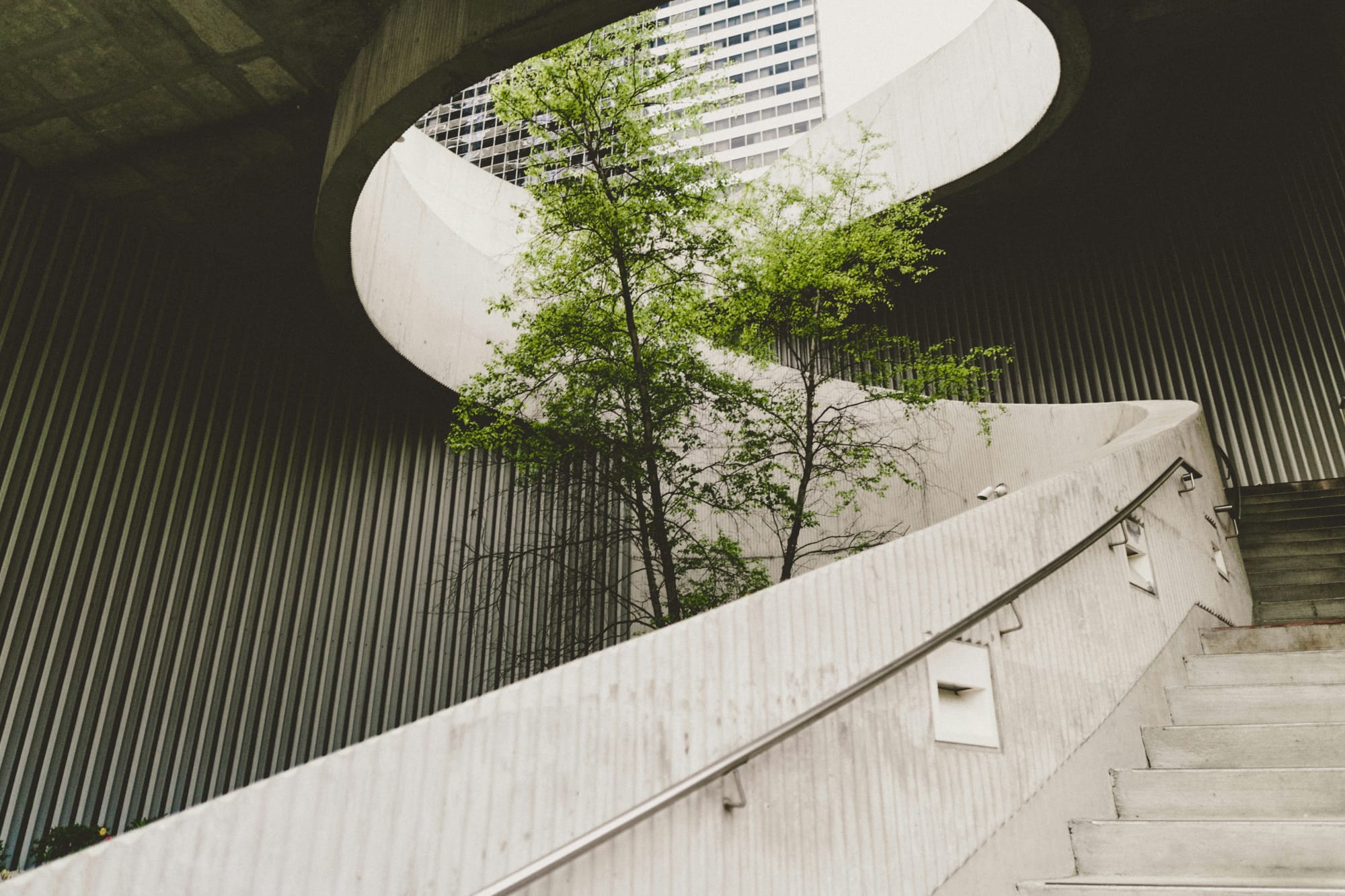

Urban Garden Oasis - by multiple authors on Unsplash
Urbanization has transformed cities into concrete jungles, often disconnecting residents from the natural world. However, a growing architectural movement known as biophilic design is bridging this gap by integrating nature directly into urban spaces. By fostering a connection with the environment, biophilic design not only enhances aesthetic appeal but also promotes well-being and sustainability.
The Rise of Biophilic Design in Urban Architecture
Biophilic design stems from the concept of biophilia—the innate human affinity for nature. This approach goes beyond merely adding green spaces; it weaves natural elements into the very fabric of urban environments.
"Biophilic design is about creating habitats where people feel connected to nature even within the densest urban settings," says Dr. Emma Johnson, an environmental psychologist at the Urban Ecology Institute. "It's a response to the sensory deprivation caused by traditional cityscapes."
Architects are embracing this philosophy by incorporating natural materials, abundant greenery, and organic forms into their projects. The trend is visible in buildings adorned with living walls, rooftop gardens, and interiors flooded with natural light.
For instance, the Bosco Verticale in Milan—a pair of residential towers designed by Boeri Studio—is covered with over 900 trees and 20,000 plants. This vertical forest not only provides residents with private green spaces but also improves air quality and biodiversity in the city center.
"Integrating vegetation into high-rise structures was challenging," remarks Stefano Boeri, the lead architect. "But it demonstrates how urban architecture can harmoniously coexist with nature."
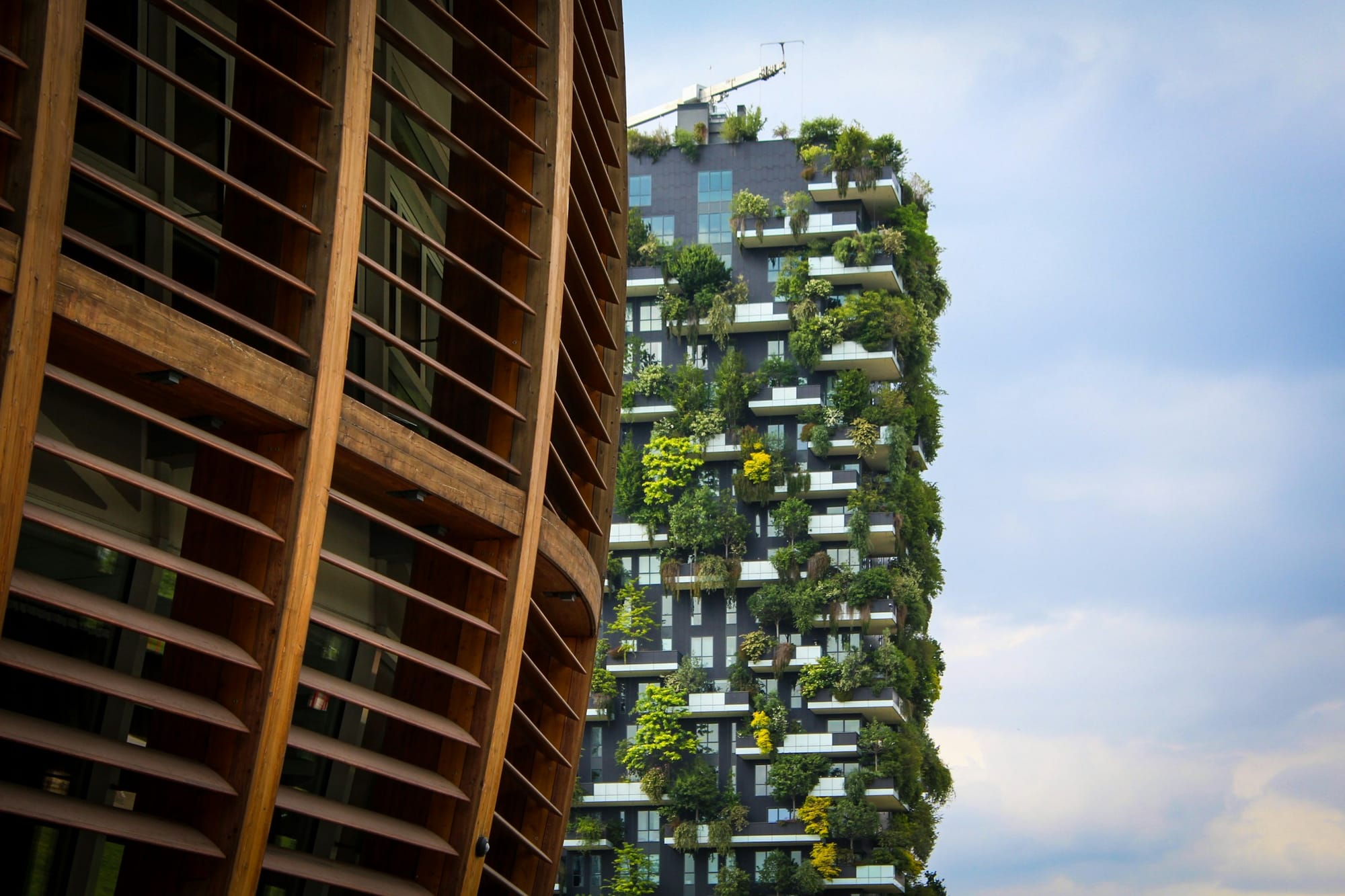
Transforming Urban Spaces Through Nature
Biophilic design transforms urban spaces by enhancing both public and private environments. Parks and open spaces are being reimagined to serve as multifunctional hubs that foster community engagement.
"Cities are increasingly recognizing the value of green infrastructure," notes Laura Chen, a landscape architect at GreenScape Designs. "It's not just about aesthetics; it's about creating resilient ecosystems that benefit both people and the environment."
One notable example is the High Line in New York City. Once an abandoned elevated railway, it has been converted into a linear park teeming with native plants and walking paths. This project revitalized the surrounding neighborhoods and became a blueprint for adaptive reuse in urban planning.
"Walking the High Line, you experience a unique blend of urban and natural elements," says frequent visitor Mark Thompson. "It's a peaceful retreat amid the city's hustle."
Moreover, biophilic principles are being applied indoors. Office buildings with natural lighting, ventilation, and indoor gardens are enhancing employee well-being and productivity.
"Exposure to natural elements reduces stress and boosts creativity," explains Dr. Susan Patel, a workplace wellness consultant. "Companies investing in biophilic design see tangible benefits in employee satisfaction and efficiency."
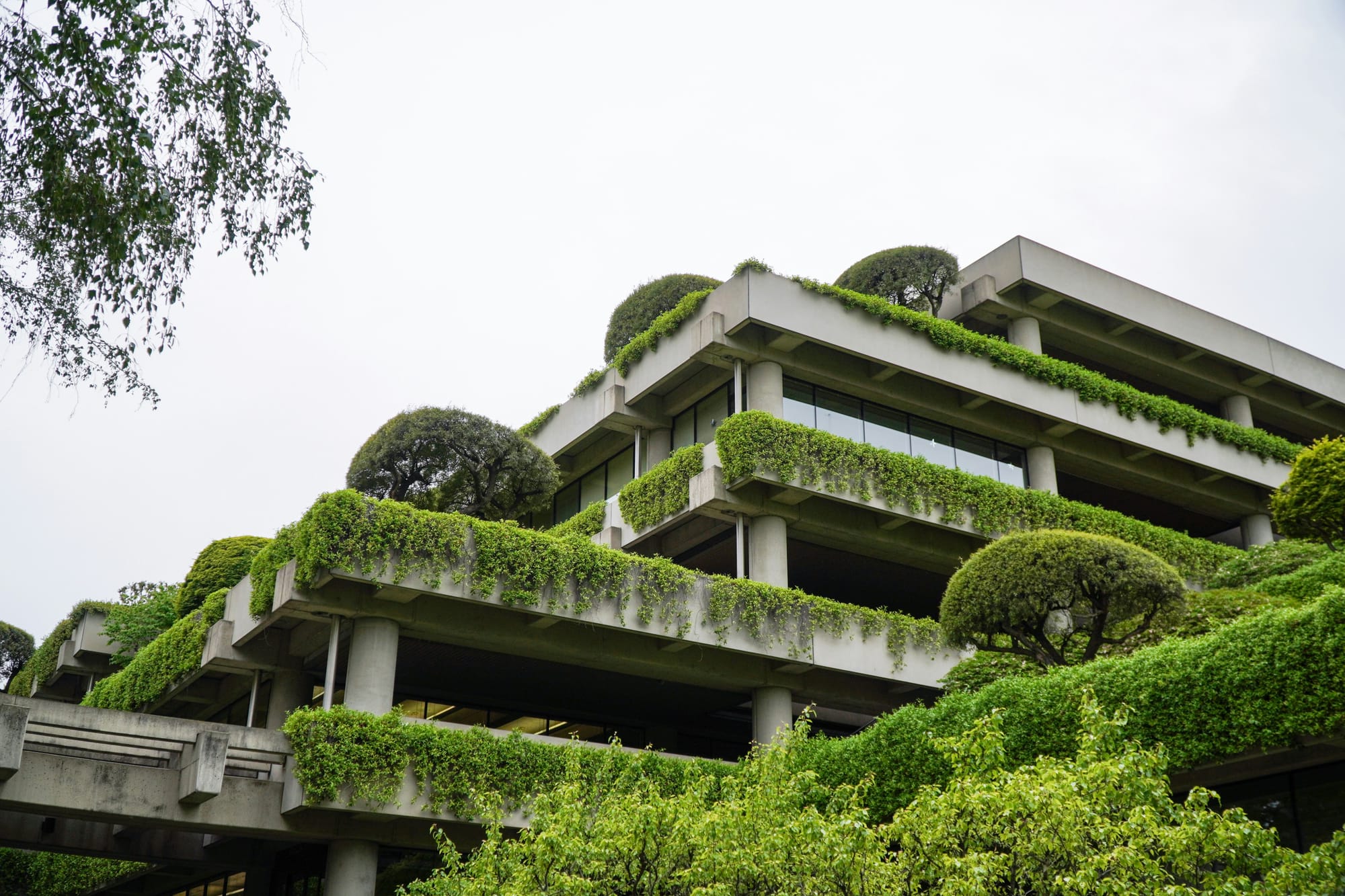
The Future of Biophilic Cities
As the biophilic movement gains momentum, cities worldwide are adopting policies to integrate nature into urban planning.
"Biophilic cities are the future," asserts Professor Richard Nguyen, director of the Center for Urban Biodiversity. "They represent a holistic approach to urban development, prioritizing ecological health alongside economic growth."
Singapore is often cited as a leading biophilic city. Initiatives like the Gardens by the Bay and extensive green roofing requirements have transformed it into a "City in a Garden."
"Singapore's commitment to integrating nature has improved residents' quality of life," observes urban planner Mei Lin Tan. "It's a model that demonstrates the feasibility and benefits of large-scale biophilic integration."
Challenges remain, such as maintenance costs and the need for interdisciplinary collaboration. However, advancements in technology and materials are making biophilic solutions more accessible.
"Smart irrigation systems and hardy plant species are reducing upkeep demands," notes landscape architect Laura Chen. "Collaboration between architects, ecologists, and city officials is crucial for success."
As urban populations continue to grow, the imperative to create sustainable and livable cities becomes ever more pressing. Biophilic design offers a path forward that reconciles urban development with the innate human need for nature.
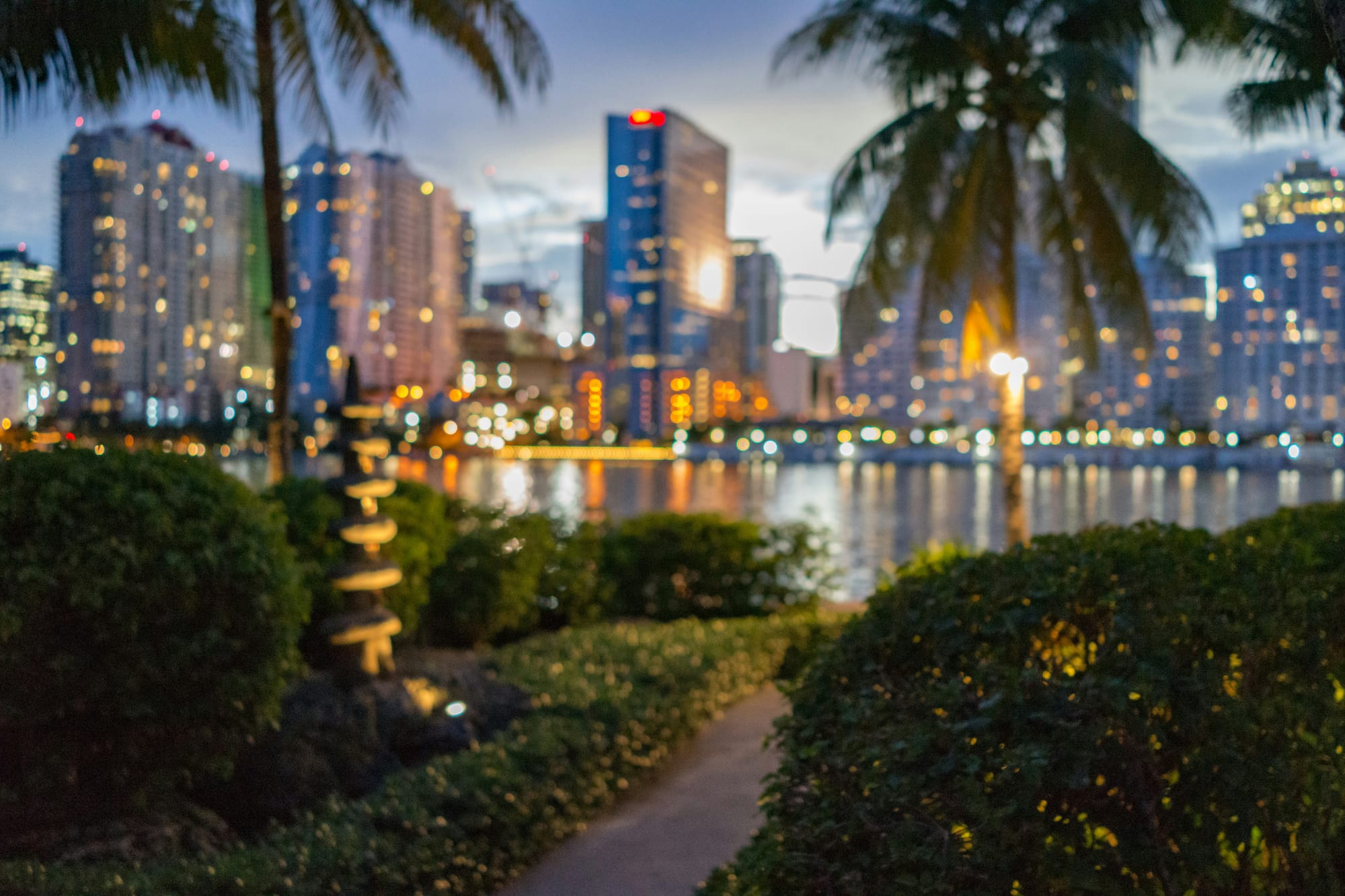
By embracing biophilic principles, we can reshape our cities into environments where nature and urban life not only coexist but thrive together. It's an investment in the health of our communities and the planet—a step toward cities that nourish the soul as much as they fuel progress.

